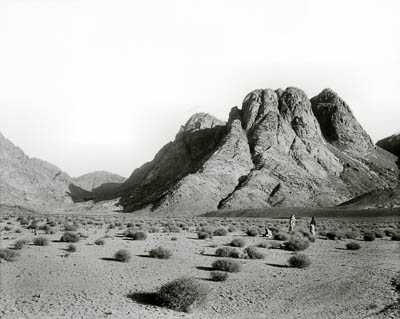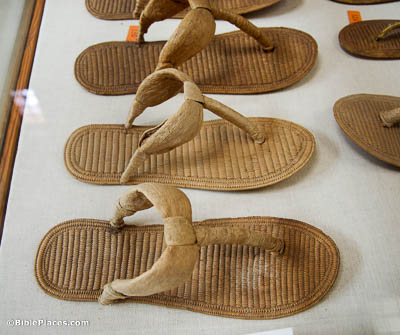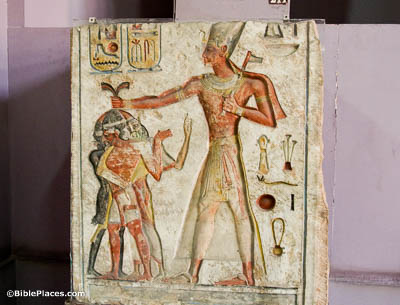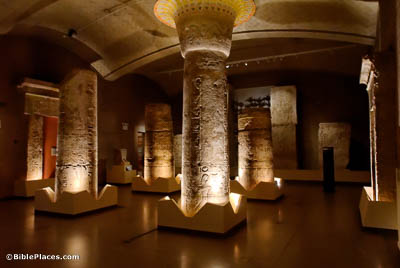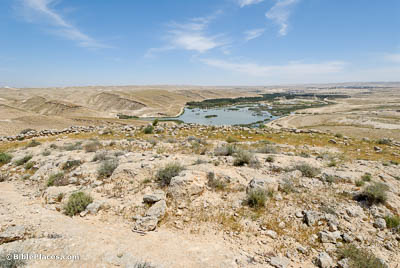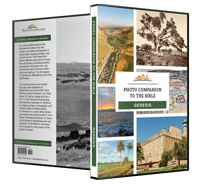Now Moses was keeping the flock of Jethro his father-in-law, priest of Midian. He led the flock to the far side of the wilderness and came to Horeb, the mountain of God (Exodus 3:1)
Jebel Musa is the traditional Mount Sinai. This is a logical place for this identification for a number of reasons. One is that the amount of rainfall, up to 6 inches (15 cm) per year, makes the area ideal for shepherds. Still today, shepherds bring their flocks here for grazing. By contrast, the area of northern Sinai gets only 2 inches (5 cm) of rain annually. This American Colony photograph was taken between 1898 and 1914.
